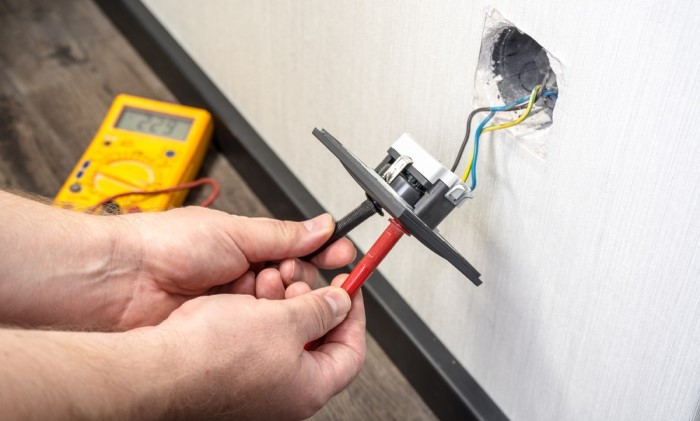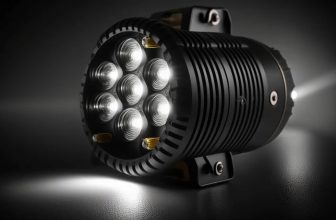
When an electrical outlet is ungrounded, you can easily detect it by checking if it glows. The tester can measure voltage from hot to neutral, identifying whether the receptacle is grounded or not. To perform this test, you need to make sure that the outlet is powered by a functioning battery. Read this article for tips on using a tester to detect ungrounded outlets.
The tester glows when it is part of a complete circuit
A neon tester is an electrical tool that tests the presence and nature of the i/p supply. If the input is A/C, the test will show a glowing neon lamp throughout the entire section. If the input is D/C, the neon light will only glow in parts of the circuit. The test can be performed by connecting two probes to the ground point or desired supply point within the circuitry. This tester is useful for detecting any circuitry defects and tracing their locations.
Using the tester, you need to attach the metal leads to the hot and neutral wires. Make sure that they are touching the other terminals of the switch. If the switch is good, the neon light will glow. If not, then the switch is not working. If it is not working, it will not light. This indicator will illuminate when a complete circuit is formed.
A tester can cause a shock
Using a Neon Circuit Tester is a potentially dangerous task because it can shock you. This electrical tester has two electrodes with different voltage levels, which can cause an electric shock if they do not have proper grounding. To test for proper grounding, touch the probes on either end of the fuse. If neither end shows a light, then the fuse is good. If the fuse has a hot lead, then it is not a good one.
While working with a Neon Circuit Tester, make sure the leads are always touching the live terminals of the device. Remove devices from their boxes if possible. Light switches and outlets may need to be removed from the electrical box to avoid accidental contact with grounded parts. Wear work gloves when performing electrical outlet grounding testing. If you are working in an unfamiliar space, you can add extra protection by wearing work gloves.
Tester detects ungrounded receptacles
A Neon Circuit Tester is a handy tool for detecting ungrounded receptacles. It works by placing a long, vertical neutral slot probe into the receptacle’s centre screw. If it lights up, the outlet is wired or grounded. If it does not, it could be wired wrong and the lamps will still work.
The tester shows the difference in voltage between the hot and neutral slots, as well as between the hot slot and the ground hole. A diagram on the tester will explain the colour-coding. A properly functioning tester will also show the receptacle grounding status. This is a useful tool for identifying ungrounded receptacles and conducting repairs.
When using a Neon Circuit Tester, you must make sure that the receptacle is grounded. This tool works by detecting whether a circuit is live and whether it is not. It measures voltage on a scale of 110 volts to 700 volts and can even check the presence of an 03 phased supply form. If it is not grounded, the receptacle is ungrounded.
A tester can detect voltage from hot to neutral
Non-contact Voltage Testers: This type of tester is ideal for all types of electrical work. Non-contact testers work by detecting voltage without touching the wires, and they emit a sound when a voltage is detected. These testers work well because they measure both direct current and alternating current, and they also measure continuity. Generally, they can detect voltage anywhere from hot to neutral wires, and they are usually inexpensive.
Non-contact Voltage Tester: A non-contact tester detects voltage in outlets and wires without contact. A tester is about the size of a fat Sharpie pen. You insert the tester into an outlet, and a small probe measures the amount of voltage present there. If you find that a voltage is present, the tester will indicate this in a series of flashes, chirps, or a pattern of lights. Depending on the voltage level, this tester can tell if a circuit is complete or not.




